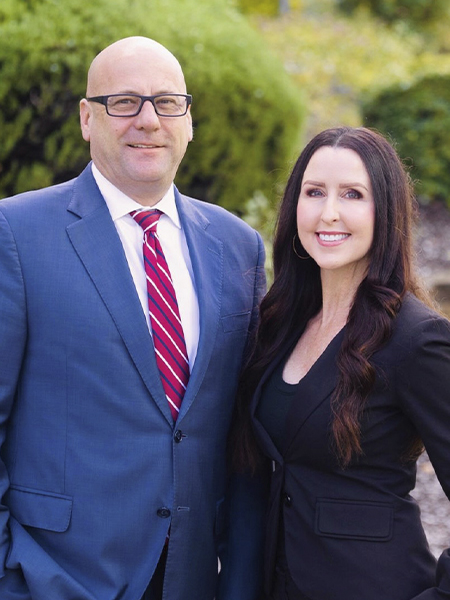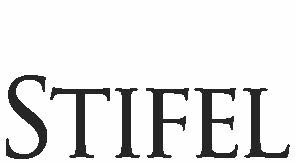SUBSCRIBE
Enter your Name and Email address to get
the newsletter delivered to your inbox.
Please include name of person that directed you to my online newsletter so I can thank them personally.


Steven J. Hudgins
First Vice President/ Investments
CA Insurance Lic. #0B32062
Julia C. Anderson
Senior Registered Client Service Associate
Stifel, Nicolaus & Company, Incorporated
1420 Rocky Ridge Drive, Suite 340
Roseville, CA 95661
Phone: (916) 774-3706
TollFree: (866) 498-6682
Fax: (916) 626-3313
Email: steven.hudgins@stifel.com

Split interest trusts are created to provide for both charitable and non-charitable beneficiaries. Donors can support an organization or a cause while still arranging for themselves or their loved ones to benefit from the assets placed in the trust.
Enter your Name and Email address to get
the newsletter delivered to your inbox.
Please include name of person that directed you to my online newsletter so I can thank them personally.
Enter your Name, Email Address and a short message. We'll respond to you as soon as possible.
Securities offered through Stifel, Nicolaus & Company, Incorporated. 501 N. Broadway, St. Louis, Missouri 63102. Member SIPC and NYSE
Stifel, Nicolaus & Company, Incorporated is not affiliated with LTM Client Marketing. Stifel does not provide legal or tax advice. You should consult with your legal or tax advisor regarding your particular situation.
Stifel, Nicolaus & Company, Incorporated and LTM Marketing Specialists LLC are unrelated companies. This publication was prepared for the publication’s provider by LTM Client Marketing, an unrelated third party. Articles are not written or produced by the named representative.
The information and opinions contained in this web site are obtained from sources believed to be reliable, but their accuracy cannot be guaranteed. The publishers assume no responsibility for errors and omissions or for any damages resulting from the use of the published information. This web site is published with the understanding that it does not render legal, accounting, financial, or other professional advice. Whole or partial reproduction of this web site is forbidden without the written permission of the publisher.